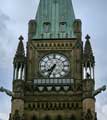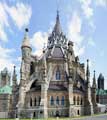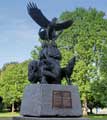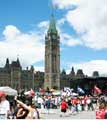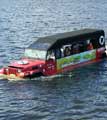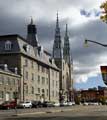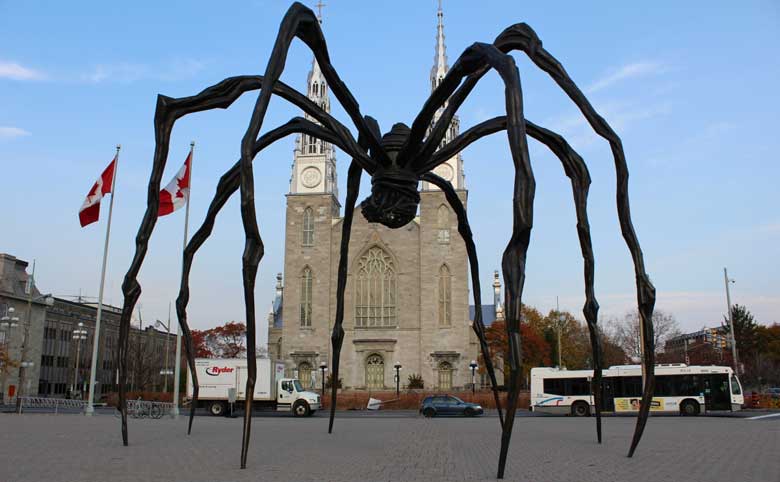On the banks of the left tributary of the St. Lawrence 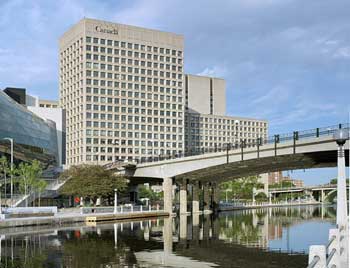 River is Ottawa - capital of the country, Canada. In the early 19th century in what is now founded a small settlement called Baytaun loggers. In 1854 the town was renamed Ottawa, and in 1867 received the status of the capital city of Canada.
River is Ottawa - capital of the country, Canada. In the early 19th century in what is now founded a small settlement called Baytaun loggers. In 1854 the town was renamed Ottawa, and in 1867 received the status of the capital city of Canada.
Language - English and French.
The capital of Canada, unlike most European capitals, despite its status, cannot boast of large size, it is only the fourth largest city and its area is 4.71 thousand square kilometers. More than 1,400,000 people live in this area. But because of this peculiar intimacy of the Canadian capital, tourists can, without the stress inherent in large metropolitan areas, enjoy visiting local attractions and historical sites, as well as relax as they need - fun and joy. To be more precise, it is a capital region and a city at the junction of two provinces: English-speaking (Ontario) and French-speaking (Quebec), located on both sides of the Ottawa River.
In summer, the city turns green with an abundance of grass, flowers and trees. In winter, Ottawa is covered with ice, and people go to work on skates along the city's rivers.
The city provides a huge amount of entertainment for every taste. The National Orchestra and various classical music groups perform on the squares. You can go to the performance of the Royal Ballet Company, or you can visit many special centers and shops where you can buy a wide variety of things. Ottawa has many exhibition halls, galleries and places for recreation. For example, Gatinet Park, where you can ride bicycles, swim in the pool, enjoy picnics, and ski in winter.
In this city, during the Second World War, the royal family found refuge. Now she sends several thousand tulips every year as a gift to the city, and every spring a tulip festival is held here. When this festival is held, the city literally blooms. The city is famous for its universities, the royal scientific society, as well as the research center for atomic energy. The radio-electronic, printing and instrument-making industries are developed.
Ottawa. Giant spider Maman, a ten-meter steel sculpture that adorns the Canadian capital.
Climate
Weather conditions in Ottawa are similar to European ones: hot in summer (temperature rises to +40°С), very cold in winter (up to -30°С). If you plan to visit in the winter, then be sure to prepare. In September, the weather is comfortable - warm and sunny, and already in October and November it rains and snow may fall. In spring, the temperature is not above zero in April and snow can lie.
Story
In accordance with the latest trends, the emphasis is on "Indians" and what they mean in history for Canada, these are Anglophones and Francophones, they are the founders and their roles are approximately equal. In the English part they speak English and French, in the French part they speak French and, to a lesser extent, English (except hotels and restaurants).
Internet
The mains voltage is 110 volts (you need an adapter for the plug).
